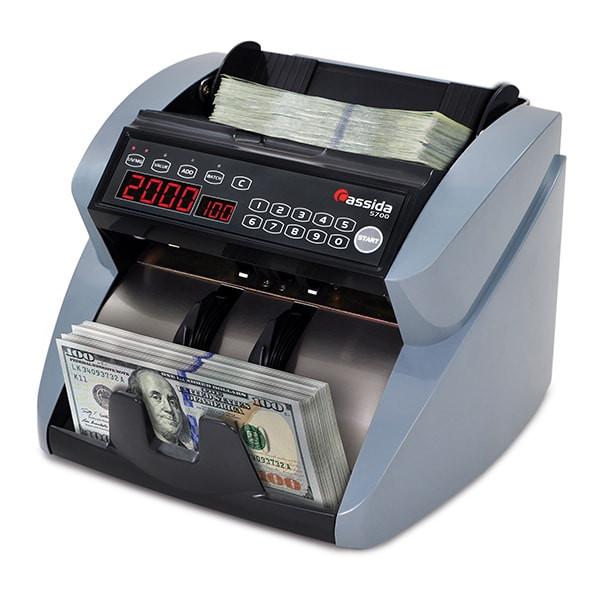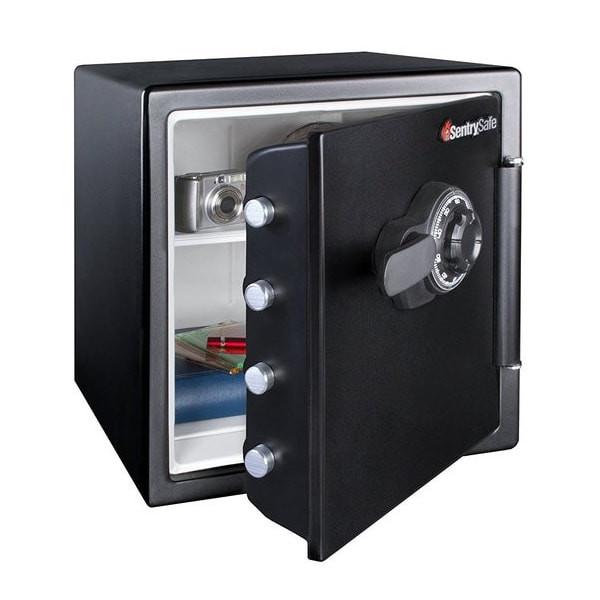
Abraham Lincoln, the 16th President of the United States is well known for his leadership during the Civil War and for signing the Emancipation Proclamation, but he is probably not well known for establishing the United States Secret Service.
During Lincoln’s administration, over one third of the nation's currency was counterfeit. America's monetary system was extremely disorganized. Approximately 1,600 state banks designed and printed their own bills. Each bill had a different design that made it extremely difficult to detect counterfeit bills from the 7,000 varieties of real bills.
In 1862, a national currency was adopted with hopes to resolve the counterfeiting problem. However, the national currency was also counterfeited and was widely circulated. It became vital for authorities to take enforcement measures.
On the advice of Secretary of the Treasury Hugh McCulloch, President Lincoln established a commission to stop the rapidly growing problem that was destroying the nation's economy. The Secret Service was commissioned on July 5, 1865 in Washington DC. It was called Secret Service Division. Their main focus was to track down counterfeiters, stop widespread counterfeiting of the nation’s currency, and put an end to counterfeit operations.
The first chief of the Secret Service was William Wood. He was known for his heroism during the Civil War. During the first year, he was extremely successful and was responsible for closing more than 200 counterfeiting operations. This success aided in proving the value of the Secret Service. In 1866, the National Headquarters was established in the Department of the Treasury building in Washington, D.C.
Due to the huge success, their authority was extended in 1867. They were no longer going after counterfeiters alone. They were given authority to investigate anyone committing fraud against the government.
Counterfeiting of money is one of the oldest crimes in history. It was once considered treasonous and was punishable by death. Although counterfeiting has been substantially reduced since the creation of the Secret Service, counterfeiting is on the rise once again.
The main reason for this is how easily and quickly large quantities of counterfeit currency can be produced. Production methods used in counterfeiting operations have evolved over the years from the traditional method of skilled photography and offset printing to color copiers and, more recently, to scanners, computers and inkjet printers.
Unfortunately, counterfeiting statistics are likely to increase because these instruments of production are more readily available. In addition, the capabilities of computers and their counterparts continue to become more sophisticated and an increasing amount of people, including those with criminal intent, are becoming more efficient in understanding how to use computers for counterfeiting purposes. Therefore, counterfeiting still poses a threat to the nation.
In 2001, The Patriot Act was enacted to increase the Secret Service's role in investigating fraud and related activity in connections with computers. In addition, it authorized the Director of the Secret Service to establish nationwide electronic crimes task forces to deal with the passing of counterfeit U.S. or foreign currency.
In 2002, The Department of Homeland Security was established which in part, transferred the United States Secret Service from the Department of the Treasury, to the new department. It became effective March 1, 2003.
Counterfeiting carries the serious consequences of incarceration and/or fines or a combination of both penalties. The United States Secret Service remains committed to zero tolerance, and they are determined to investigate and solve every counterfeiting case.



